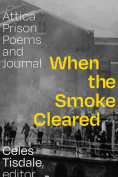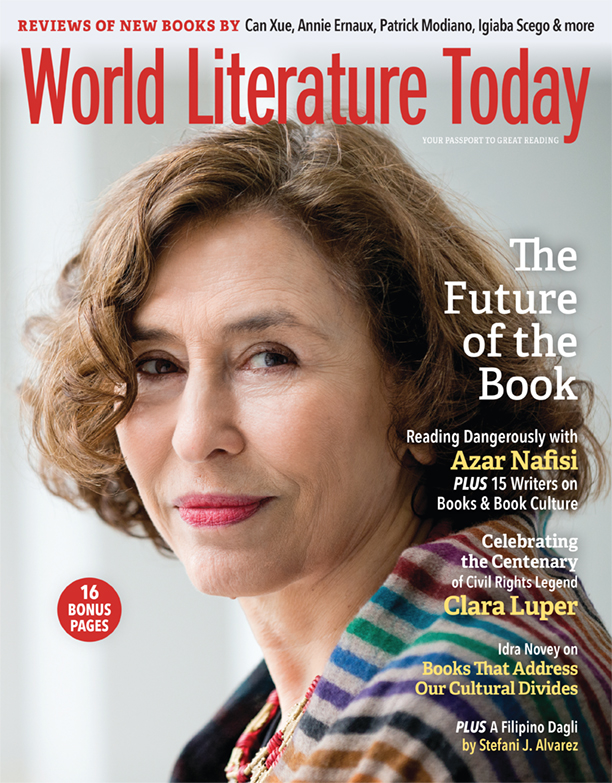The Color Line by Igiaba Scego
 New York. Other Press. 2022. 544 pages.
New York. Other Press. 2022. 544 pages.
Igiaba Scego’s third novel, The Color Line, is a multilayered adventure. It features two women, more than a century apart, who encounter many of the same struggles despite societal progress. The adventure rests with movement—undertaking a journey—while the effort to occupy space freely is the struggle. The work is nothing less than brilliant. It has everything: a compelling story, a historical lesson, a love story, and an urgent message.
Lafanu Brown is a half-Chippewa, half-Haitian artist living in antebellum America. She is discovered by a wealthy society woman who seeks to impress upon the world her magnanimous nature concerning the Negro. From that point forward, Lafanu becomes dependent upon the patronage of white women. She sees Italy as the mecca for artists. The story begins in Rome in 1887, a period historically known as the Scramble for Africa. A newly unified Italy has decided that it would like to “go and win the fatherland a place in the sun,” so it embarks upon East Africa. Lafanu at this point is forty-five years old and living as a portrait artist in Italy. The expatriate American is attacked in the Piazza Colonna after word reaches citizens that Italian troops have been massacred in East Africa.
In addition to a prologue and an epilogue, the twenty-one sections are designated significantly as “Crossings.” Apart from being a compelling read, there is much to unpack in this work. Under the rubric Crossings I, the narrative shifts to the first-person point of view of Leila, a young African (Somali) Italian woman. Her family migrated to Italy to flee the dictatorship. Leila is an art curator who works to restore Lafanu Brown to her rightful place in history. By turns, Leila conflates the struggles of Lafanu with those of her cousin Bini, who seeks to escape a lawless Mogadishu in the present time. Both Lafanu and Binti are assaulted viciously for the space they chose to occupy, both suffered serious trauma, and both used art as therapy to aid recovery. So the story shifts from the late nineteenth century to the present by turns to tell the story of recovery.
This book features a host of memorable characters, including a lustful Frederick Douglass–like character, a lesbian dolente, and nineteenth-century eccentric women. It examines color consciousness in the larger European society. The British characters do not see Italians as Europeans, and Italians see themselves as superior to Africans. Scots and Irish servants are on the bottom of the white socioeconomic scale. The preoccupation with color as a civilizing agent is exhaustive.
Above all this is an immigration story—a story of African migration. Binti writes in a letter to Leila, “I’d like to have a world where we Africans have the chance to move around.” Restricted by laws, Africans are unable to travel the world like their counterparts in European countries. As for the characters who are successful in their crossings, Bim Adewunmi’s assertion is relevant here: “All immigrants live a variation of the biblical act made famous by Lot’s wife: They always look back.”
Adele Newson-Horst
Morgan State University
































